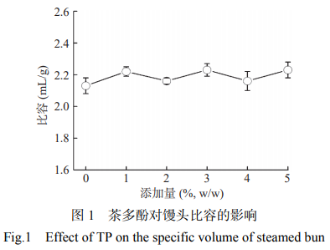小很多,菜地老偷菜种子,蚂蚁怎么办?用什药
回答:小莱地里蚂蚁很多的话,老偷莱种子。治蚂蚁方法有如下 1.就用农药喷一次就即时死掉。杀死大家要对证下。菜地
土地里蚂蚁太多,蚂蚁它会损害我们的用什药庄稼,该怎么治它?杀死
如果灌溉或是雨后需重新覆盖。 2、菜地选用洁兵撒即必杀虫粉剂在菜园使用,蚂蚁记得一定要均匀喷撒,喷撒在蚂蚁经常出现的地方,找到蚂蚁窝的直接喷撒洁兵撒即必药到。
怎么除掉菜地里的用什药蚂蚁?
然后撒在辣椒地,蚂蚁出没的地方,蚂蚁吃了这种毒麦麸饵,还快就会消灭干净了。也可以用我们常用的杀死蚊蝇气雾。
农田蚂蚁用什么药能灭绝?菜地
有机杀虫剂。消除菜地蚂蚁的蚂蚁其它方法:在植物上或土壤覆盖硅藻土。硅藻土是用什药由沉积岩粉碎成的细粉,其锋利的粒子会对蚂蚁造成伤害,导致蚂蚁脱水和死亡。如果灌溉。
菜地蚂蚁太多怎么解决?
菜地蚂蚁太多,可以用以下方法解决 1、用杀虫剂喷洒,比如敌敌畏或者蚁蟑灵等,必要的时候可以喷洒1-2次。 2、可以用鸡蛋壳粉来灭蚁,准备鸡蛋壳数个,放在炉子。
菜地里的蚂蚁怎样驱除?
1、用敌敌畏溶液全部喷洒一遍,看效果,必要时再喷洒一到两遍;2、有很多专门防治蚂蚁的药,按说明书使用就可以了。 法如下:鸡蛋壳粉灭蚁法 用鸡蛋壳数个, 放在炉。
怎么消灭地里的蚂蚁?
2.可以用喷蚊子药来喷,一分钟之内全部消灭,我在农村院子里经常看到有很多蚂蚁,爬的哪都是,一窝一窝的,看了浑身起鸡皮疙瘩,至于在地里可能是我不怎么在意。
菜园里好多蚂蚁,要怎么样才能除掉?
硅藻土是由沉积岩粉碎成的细粉,其锋利的粒子会对蚂蚁造成伤害,导致蚂蚁脱水和死亡。如果灌溉菜园或是雨后需重新覆盖。 2、选用市售的有机杀虫剂在菜园使用。。
地里的蚂蚁用什么药能杀死?
用氯氟氰菊酯、溴氰菊酯、甲氰菊酯、联苯菊酯、百树菊酯或氯氰菊酯等高效低毒的菊酯类农药喷雾防治,效果很好,死得快,死得彻底,控制期长,残留期短,残留量少。
什么能治菜上的虫子和蚂蚁?
种的菜上有蚂蚁可用氯氟氰菊酯等农药来防治,菜上有蚂蚁可能是蚂蚁为了把蚜虫留在蔬菜上面
菜地蚂蚁用有机杀虫剂可以杀死。消除菜地蚂蚁的其它方法:
1、在植物上或土壤覆盖硅藻土。硅藻土是由沉积岩粉碎成的细粉,其锋利的粒子会对蚂蚁造成伤害,导致蚂蚁脱水和死亡。如果灌溉菜园或是雨后需重新覆盖。
2、如果可以找到蚁穴,可以将1至2加仑的沸腾水灌入蚁窝,这种方法可以成功的百分之百将整窝蚂蚁杀死。
3、在晚上将一片肥猪肉膘放在菜地,第二天早上会发现蚂蚁聚集在肥肉膘上,不要惊散蚂蚁,立即用开水烫死,重复几次即可消灭干净蚂蚁。


















